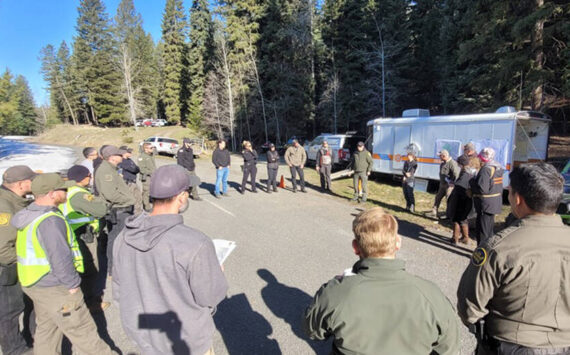A ringing telephone was hard enough to ignore back in the days before mobile phones, smart or otherwises. Now that nearly everyone carries a cellular phone of some sort it can be doubly frustrating, especially when you’re driving. But what’s more important is it is distracting.
 It is hard to resist that insesent ringing for our attention, but we have to. And in this day and age of $800 smart phones, there is no excuse to not have some sort of hands-free device. These can be as simple as a cheap headset or as sophisticated as a bluetooth device in your ear, your stereo or clipped to your sun visor. If you can afford the phone, you can afford the cheapest of these options and perhaps more. If you have to talk, most phones allow you to put things on speaker — get a cheap dash mount and you’re doing nothing more than hitting answer. Better yet, pull over for a couple minutes and explain to whoever is calling that you’re driving and you can’t speak or text with them right now.
It is hard to resist that insesent ringing for our attention, but we have to. And in this day and age of $800 smart phones, there is no excuse to not have some sort of hands-free device. These can be as simple as a cheap headset or as sophisticated as a bluetooth device in your ear, your stereo or clipped to your sun visor. If you can afford the phone, you can afford the cheapest of these options and perhaps more. If you have to talk, most phones allow you to put things on speaker — get a cheap dash mount and you’re doing nothing more than hitting answer. Better yet, pull over for a couple minutes and explain to whoever is calling that you’re driving and you can’t speak or text with them right now.
This week we are running a particularly sad story about a young man who was killed by a distracted driver. Unfortunately, this is becoming all too common and it doesn’t matter whether you live in a big city or in rural America. I see people driving down the road with their phones to their ear, maybe looking for an address. Get a hands free set up and you’ll comply with the law and perhaps save someone’s life, maybe your own or a family member.
I was nearly hit once in a crosswalk by someone talking on their mobile and I’m a big target, pretty hard to miss in daylight. I used to joke that anyone that hit me would cause more damage to the car than it was worth, but distracted driving is no joking matter. And, when I’m on my motorcycle, a practise that makes you wonder if you’re invisible to all four-wheel traffic, knowing there are people distracted by their phones makes getting somewhere safely even more of a challenge.
The state legislature is looking at passing bills that will make the penalties even harder for people who are caught using their mobile phones while driving. Our mobile phones are a great tool, but also a great burden. Next time you get the urge to talk or text on your phone on the road, remember to just “hang up and drive.” And now, some statistics

Quick facts about cell phone use while driving:
- 6,000 people — equal to every citizen of the City of Steilacoom (or in our case, Omak) — were killed in crashes involving a distracted driver in 2008; 500,000 were injured.
- A driver talking on a cell phone is as impaired as a driver with a .08 blood-alcohol level.
- A driver who is texting is as impaired as a driver with a .16 blood-alcohol level. That’s double the legal limit.
- Drivers talking on cell phones are half a second slower to hit the brakes in emergencies and miss more than half the visual cues seen by attentive drivers.







